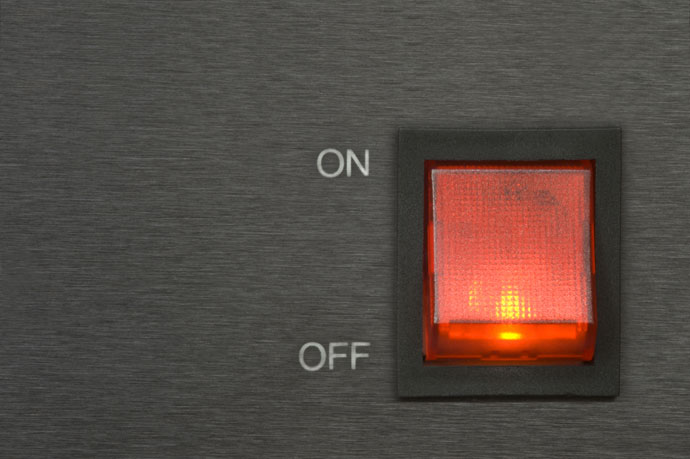Scientists Discover On-Off Switch For Consciousness In The Brain
George Washington University researchers have discovered the long-speculated part of the brain that triggers people’s consciousness.
Neurologist Mohamed Koubeissi and his colleagues have proven that there is indeed a sort of “on/off” switch in the brain that triggers consciousness. When stimulated, the claustrum, a thin, sheet-like structure deep inside the brain, can make people lose consciousness but remain awake — meaning they appear to be awake but have no use of the other elements that constitute being “awake.”
The discovery came while Koubeissi and his team were recording brain waves on a woman with epilepsy. Her brain waves were being recorded with the use of electrodes to help source the origin of her seizures. One of the electrodes was placed near the claustrum, an area that had never been stimulated before. When the team zapped it with high-frequency electrical impulses, the woman lost consciousness but remained awake. She stared blankly into space but didn’t respond to any auditory or visual commands, while her breathing slowed.
To make sure that the woman wasn’t having a seizure, the team reviewed her brain activity and confirmed that there had been no epileptic activity, and the loss of consciousness was not a side effect of a seizure.
The study showed that the claustrum, which researchers had been previously proposedwas “binder” that combined a person’s emotions, memories and sensory perceptions to create consciousness, may be central component to better our waking state for which scientists have been looking.
I would liken it to a car,” Koubeissi says. “A car on the road has many parts that facilitate its movement – the gas, the transmission, the engine – but there’s only one spot where you turn the key, and it all switches on and works together. So while consciousness is a complicated process created via many structures and networks – we may have found the key.”
Although the procedure was only performed on one person, and the woman’s case was atypical in that she was missing a part of her hippocampus from epilepsy surgery, the findings are exciting to those studying the role of human consciousness.
Normally when we look at conscious states we are looking at awake versus sleep, or coma versus vegetative state, or anesthesia,” University of Susex professor of cognitive and computational neuroscience Anil Seth says. “Most of these involve changes of wakefulness as well as consciousness but not this time. So even though it’s a single case study, it’s potentially quite informative about what’s happening when you selectively modulate consciousness alone.”










































